The focus of the HIMSS EMRAM seven-level review is based on the experience of the Fudan University Pediatric Hospital (hereinafter referred to as Fudan Pediatrics), which includes three major elements: paperless, closed-loop management, and clinical decision support. The closed-loop management includes closed-loop management of drugs, closed-loop management of inspection, closed-loop management, closed-loop management of breast milk, closed-loop management of blood transfusion, and closed-loop management of surgery. It can be said that to truly realize the overall construction of HIMSS, it must have the protection of top-level design, technology, organization and capital, as well as the cooperation of the hospital information department, medical technology department and clinical laboratory department. This is a systematic project. During the field visits to the hospital, the arterial network also had a new understanding of this review system. 2018 HIMSS Greater China Regional Conference, Fudan University Affiliated Pediatric Hospital, Hospital HIMSS EMRAM Seventh Team, including hospital vice president Zhang Xiaobo, medical statistics director Ge Xiaoling, medical director Liu Gongbao, nursing director Gu Yu, clinical pharmacy Director Li Zhiping, a number of experts and leaders, shared their practical experience in the evaluation process. According to the conference recordings and field visits, the arterial network compiled a seven-level review strategy for this dry goods. Note: Fudan Pediatrics has passed the HIMSS Level 6 review in January 2016. In November 2018, the hospital successfully passed the HIMSS EMRAM (Hospital and Emergency) seven-level review, with a two-year interval. Including Wanda Information, Medical Technology, Fine Software, and Deshuo Management, a total of 20 companies and hospitals have joined forces to complete this system project. Paperless, closed loop management, clinical decision support The Pediatric Hospital affiliated to Fudan University was established in 1952. It is the only third-grade children's specialized hospital directly under the State Administration of Health and Construction. The annual outpatient volume of the hospital reached 2.3 million, and the number of inpatients was close to one million. The hospital always takes patient safety and medical quality as its starting point, and supports development through information platforms and technologies. From the endlessness of the hospital to the application of a demand-oriented clinical system. At the same time, it can meet the multi-disciplinary collaborative business development in the hospital, relying on hospital review, interconnection and interoperability, and push the application of information from application to standardization. After passing the JCI review in 2017, the hospital put forward higher requirements. It is hoped that the whole hospital will be able to achieve closed-loop management, paperless in the whole hospital, improve patient safety and medical quality, and improve medical efficiency. Therefore, the HIMSS review has become the goal of the hospital. The core of the HIMSS seven-level review is three major contents: the whole hospital has no paper, closed-loop management, and clinical decision support. Specifically, the hospital is required to establish a paperless medical record, and the whole process can be connected in series without printing a piece of paper. In the medical process, the traceback loop is realized from the whole process of medicine, inspection, inspection, breast milk, blood transfusion and surgery. This is the closed-loop management of HIMSS. Finally, the ability to embody data applications is clinical decision making (CDSS). Inspection and inspection closed loop management In the construction of information technology, the most important thing is to have a support system, which is the top design of the hospital. In this regard, the consensus among the managers of Fudan Pediatric Hospital has achieved multi-sectoral collaboration. Organization, technology and funding are indispensable when landing guarantees. In terms of organizational security, there is a very important committee in the QPS organizational structure of the Fudan Pediatrics (Hospital Quality Improvement and Patient Safety Management Committee): Network and Information Management Committee. The committee ensures the completion of the hospital's informatization construction, and has a clinical advisory expert group and an information security expert group, as well as a clinical information part-time director and clinical information liaison. These clinical frontline backbones play a coordinating role in the review process. At the same time, the hospital also has a good strategic partner (Wanda Information, Fine Matching Software, China Telecom, etc.), and has a full-time project manager and liaison officer to implement the organizational security system. It can be said that the entire HIMSS review is not a matter of one person or one department. With such a top-level design and team, team members can have a common goal, and around the goal, everyone will make a difference and eventually form a synergy. Getting funding is also key when evaluating hospitals. Funding guarantees include: consumables cost, time cost, space cost, and labor cost. The specific amount, each hospital can calculate according to their own business volume. Whether the input and output of informationization can improve the efficiency of the hospital, the hospital leadership will only support the work after the account is clear. To pass the HIMSS Level 7 review, it will definitely involve the implementation of the hospital information system. In this regard, HIMSS has clear guidelines, standards and maturity models. Such as hospitalization and emergency, comprehensive electronic medical records, information exchange capabilities, data analysis and data governance, disaster preparedness and security. Each hospital should first touch the bottom of the home according to its own information system to determine which systems should be replaced, which should be upgraded, and which can be used directly. Fudan pediatrics uses red, yellow and green to formulate transformation plans, in which yellow is the part that is far from the standard (such as emergency pre-examination, severe observation, emergency infusion, etc.), green has some basic parts (such as electronic signature CA, Hemodialysis management, etc.), red is the closed-loop part (such as testing closed loop, blood transfusion closed loop, surgical closed loop, etc.). After the organization's guarantee and implementation plan, there is still a promotion plan. Therefore, Fudan Pediatrics has set up a working group for the evaluation, including the special group, the inspection team, and the core medical care. The inspector team is personally led by the hospital leadership and coordinated by multiple departments. Review work. During the final two months of the sprint, the team promised to complete each closed loop, system disaster recovery and business continuity. The system has it, it will be used by all departments, so it will involve the training plan of the personnel. In this regard, Fudan Pediatrics has targeted sprint training (2 games), intensive training (2 sessions), admission training (18 games), and hospital training (4 sessions). Through multiple rounds of training, medical personnel can truly present their own needs experience in the clinic and realize convenient services of informationization. Whether it is closed-loop management, clinical decision support or paperless, its ultimate goal is to reflect the word "safety." Such a process of promoting construction by evaluation and promoting reform by evaluation, the test is whether the hospital can pass the rating, with patient safety as the core, bringing about the improvement of medical safety and medical quality, which is also the core value of the rating. BI system supports hospital consultation In fact, in addition to closed-loop management, CDSS, and paperless, BI is also a key point in the HIMSS seven-level review. The core part of medical quality management is data analysis, so informationization has become the focus of medical quality management. The medical core system has increased from 12 at the beginning of 2003 to 13 in 2012 to 18 management systems in 2016. In the new core system, many are related to informatization, such as clinical pathway review, critical value report, and antimicrobial management. Before the information transformation, the consultation of Fudan Pediatrics was a paper consultation. As a result, regulators are unable to capture data. In conjunction with the state of the hospital in November 2016, Fudan Pediatric Hospital plans to implement the transformation in two years. In the first year, the hospital plans to achieve a completion rate/punctuality rate of 63%. The measures developed include: the improvement of the information system, for example, the development of a mobile system, allowing doctors who need to consult, directly receive WeChat reminders. On the PC side, the hospital uses an electronic consultation system, and doctors can log on to the doctor's workstation to know which are unprocessed tasks. And the hospital will be publicized every month in the OA, the worst department and individual, and a separate interview. The purpose of the interview is not to criticize, but to supervise on the one hand, and let him listen to the opinions of other doctors on the other hand to improve the problems in the consultation process. By May 2017, the completion rate of Fudan pediatric consultation exceeded 91%, and the 48-hour on-time rate exceeded 83%, with remarkable results. Later, the National Health and Family Planning Commission (formerly) issued a new version of the system, requiring ordinary consultations to be changed to 24 hours. The hospital quickly adjusted the system in June 2017, and the punctuality rate fell to 60% in the month. In response, the hospital began to re-set the goal, and plans to achieve the two-hundred mission of punctuality and completion rate in 2018. In this process, through the BI data, managers can understand the commonality of the departments, find key department issues, and promote the overall data of the hospital. In the hospital handover class, the hospital was a paper handover class in the past. This has caused many residents to supplement the information, so the effect is also uneven, and even the phenomenon of directly copying the nurse's transfer copy occurs. Therefore, after weighing the hospital, the hospital decided to go online. Another focus is on unplanned readmission monitoring. The so-called unplanned readmission refers to the fact that patients are discharged from hospital for 31 days because of the same or related diseases. This is an important indicator for the international evaluation of medical quality. According to data from the Shanghai Shenkang Hospital Development Center, the overall return rate in Shanghai is about 1.67%, both planned and unplanned. In the past, Fudan Pediatrics did not have a monitoring system in this area. Therefore, the first step for hospitals is to improve the reporting system and improve the reporting rate. In response, the hospital launched a monitoring system. When the patient's second admission time is less than 31 days from the first discharge, the system will automatically pop the box. At the weekly meeting, the hospital will also conduct non-planned re-admission seminars in key departments to assist key departments in analyzing the reasons for induction. After rectification, in 2018, the number of unreprogrammed re-admissions in the two key departments of the hospital's neonatology and hematology oncology decreased significantly. In general, when transforming the information system, in addition to the convenience of doctors, it is necessary to consider management measures that are conducive to statistical analysis. Informatization construction provides an effective way to carry out accurate management based on data analysis. Information management and hospital quality management can complement each other (closed loop management). How to build CDSS? In the HIMSS Level 7 review, there are clear requirements for the Care Decision Support System. By definition, the Clinical Decision Support System (CDSS) uses artificial intelligence technology and information storage to extract accurate logic based on disease diagnosis criteria, threshold judgments, treatment recommendations, clinical guidelines, expert experience, and nursing procedures. The inference computing function simulates the diagnosis and treatment thinking of the medical care, helping the medical care to make rapid diagnosis and decision-making. In the pediatric clinical care decision support system, structured content in the care document can generate discrete data, such as care assessment results and risk scores, and can interact with the clinical decision support system. If the risk score is high, the care plan should include the corresponding tasks, and the low risk is the same. Choosing directly in the general task list, the practice of not being associated with a risk score may introduce variation and should be avoided. Common reminder information can recommend nursing tasks and nursing plans. If it is an emergency department, you can also recommend triage recommendations for nurses' reference. In addition, the decision system automatically calculates risk scores for nurses. Specifically, nursing CDSS mainly includes the following four aspects: 1. CDSS based on nursing procedures. Such as wound CDSS, which produces specific wound treatment recommendations based on individual patient assessments and wound characteristics. 2. Warning or remind CDSS. The CDSS sets an alarm interval for the monitoring indicators collected by the system. When the input patient data reaches the warning value or is potentially dangerous, the nurse will be reminded to take corresponding measures. 3. Health Education CDSS. Such as PowerForm, a clinical decision support tool that supports postoperative health education for patients with intestinal surgery. 4. Nursing management CDSS. For example, the nursing human resource allocation decision support system can realize the nursing workload, the nursing manpower demand query, the nursing human resource allocation, the daily automatic ward care workload, the manpower demand and the future daily manpower demand forecast automatically calculated by the system. Value, help care managers to deploy ward caregivers in a timely manner. To build a nursing CDSS, the manager's task is to first establish a knowledge base with the information enterprise and use the knowledge base to help the nurse solve the nursing problem. In addition, the hospital has to set its own rules. Assuming that the evaluation of a high-temperature patient care comes out, how the nurses interact with the doctor is a question that managers need to think about. Therefore, in the whole CDSS, hospital administrators should solve the problem of logical reasoning rule setting and knowledge base construction. On the other hand, it is hospital and cooperation on how to realize friendly human-computer interaction and improve the efficiency of human-computer interaction. Issues discussed jointly between companies. In addition to the knowledge base, standardized terminology is equally important for the construction of CDSS. Standardized terminology is a term currently accepted and used by the international nursing community and is a common language for communication between caregivers. It enables caregivers to have a common interpretation and understanding of the same concept, providing conditions for cross-unit, cross-regional, and cross-system communication. (If solving the problem of uniformization of body temperature and fever in different hospitals), it is also helpful to standardize nursing practice, quantify nursing services, reflect nursing value, and realize nursing data sharing. Standardized nursing terminology is the basis for ensuring semantic interoperability when transferring and sharing concepts between CDSS and hospital information systems. It can make the original data of information exchange consistent and realize the shared use of medical resources. The standardization process of Nursing Diagnostics in Fudan Pediatrics has been going on for a long time. Due to the large amount of engineering, the hospital also hired two graduate students to implement. First of all, Fudan Pediatrics diagnosed the whole hospital: a total of 17 wards, 1119 nursing diagnoses, all de-weighted, screened and integrated. The standardization basis includes domestic and foreign authoritative works such as paediatric nursing materials. A total of 140 nursing diagnosis knowledge bases were formed, which included the current symptoms or signs of the child. Inpatient care management (including CDSS) The knowledge base of nursing measures and the knowledge base of nursing diagnosis are similar, and it is also a summary of all nursing diagnosis in the hospital. After systematic screening and integration, combined with internal, external, pediatric teaching materials, and for some existing guidelines, such as pain care guide The pressure ulcer guide, the heat care guide, combined with the formation of 93 (and eventually 140) knowledge base of nursing measures. Closed-loop management of pediatric drugs The closed loop of drugs is undoubtedly one of the most important modules in the HIMSS Level 7 certification. Medication errors can occur in all aspects of the drug application process, including drug selection, formulation, formulation, labeling, packaging, dispensing, application, and monitoring. Therefore, hospital administrators need to monitor and intervene in the whole process of medication to reduce the occurrence of medication errors. Closed-loop management of drugs is the use of modern information technology to conduct full-process monitoring of drug delivery system management, drug dispensing (physician), prescription review and dispensing (pharmacists), and patient adverse drug reactions, to achieve full-process teaching tracking and Closed-loop management of the entire drug order. In addition, it effectively controls the quality of medical care and provides patients with a safer, more convenient and more comfortable medical experience. In this HIMSS Level 7 certification process, Fudan Pediatrics traces the barcodes to allow the medicines to enter the hospital and obtain clear and complete traceability during transportation and movement. A complete set of closed-loop management of drugs, such as pharmacist's trial, printing number, puncture check, punching and matching, and drug check. Drug traceability management In the whole process of infusion monitoring, the hospital uses modern means to realize real-time monitoring of the entire process of intravenous drugs by the configuration center workstation. The pharmacists of Fudan Pediatrics regularly summarize, analyze and feedback the actual prescription process of high-alerts, special drugs and 14 prescription drugs to achieve a virtuous circle of PDCA and continuously improve the management process. In addition, due to the liver and kidney function of children, the activity of enzymes excreting drugs by metabolic drugs is closely related to growth and development. Therefore, the drug decision support system for pediatrics is also very important. This set of medication CDSS contains data on the Chinese National Formulary, Maldives Drug Dictionary. The appropriate dose can be recommended according to different disease types; the appropriate dose can be recommended according to the physiological/pathological information of the child; the wrong medication route can be intercepted, and the overdose interception can be performed. Once the doctor makes a diagnosis to the patient, the system will tell the doctor whether the diagnosis and medication are correct within 0.1 seconds to ensure the child's medication safety. Fine matching safety medication CDSS At present, there are more than 200 beds in the Newborn pediatrics, half of which are intensive care children. By improving hospital management processes, equipment and systems, the hospital has improved its service capabilities and provided these children with more accurate and safe drug services.
Medical Cold Patch
Throat Pain Relief Patch,Throat Pain Relief Pad,Throat Pain Relief Plaster,Antitussive Patch Shandong XiJieYiTong International Trade Co.,Ltd. , https://www.xjytmedical.com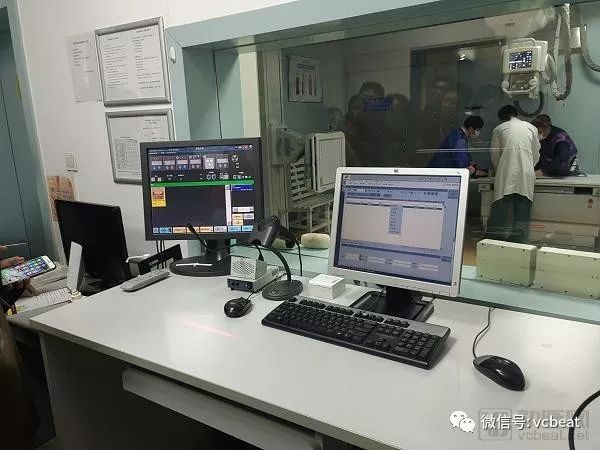
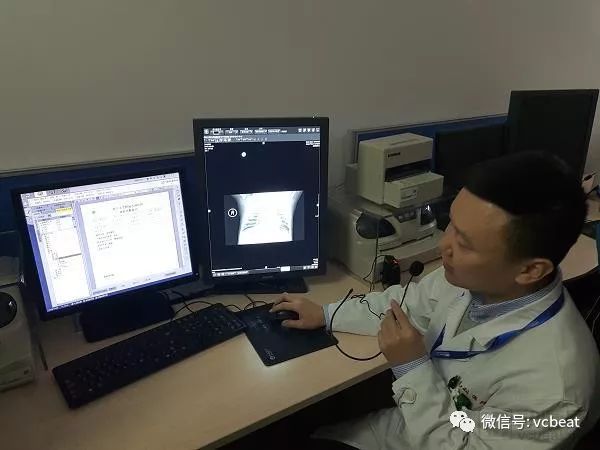
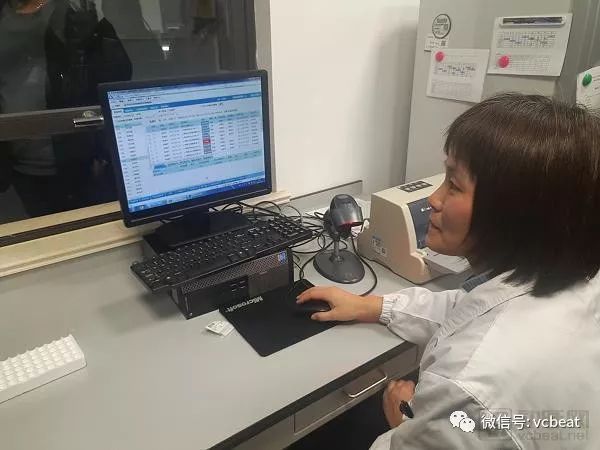


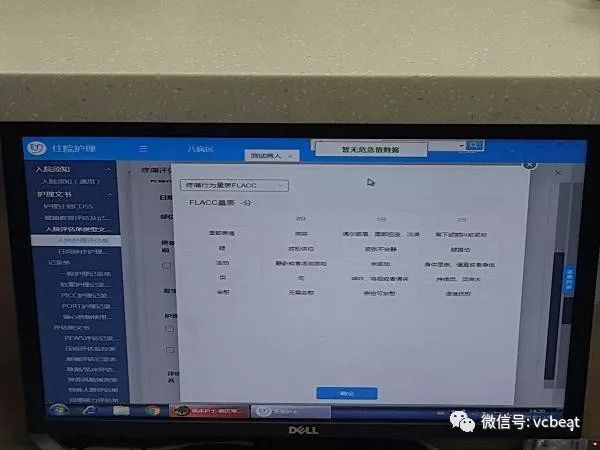
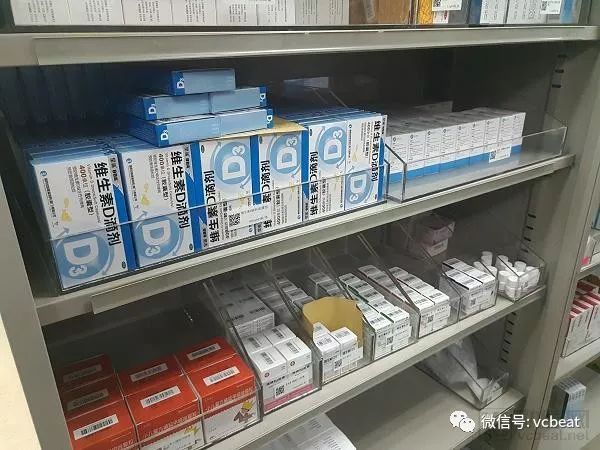

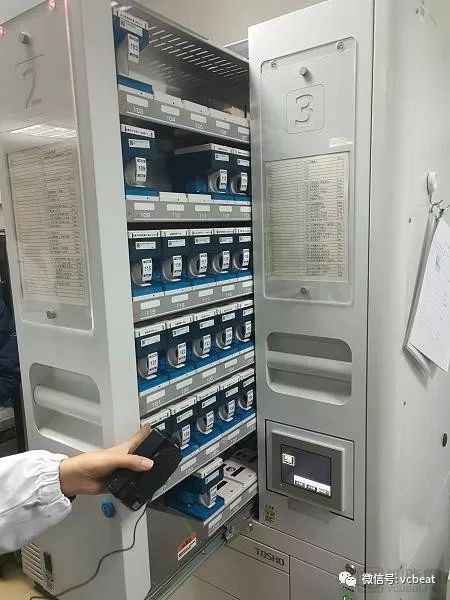
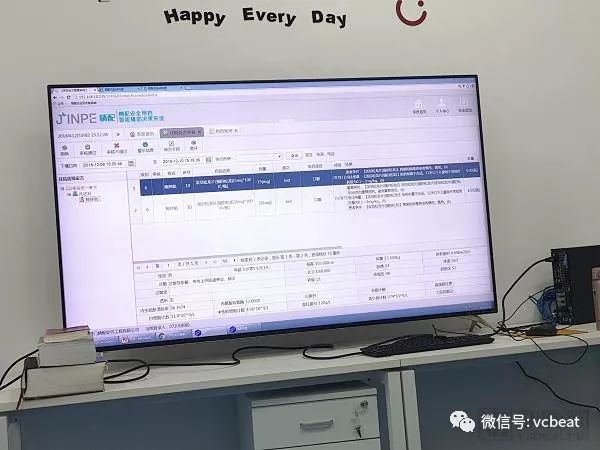
Throat Pain Relief Patch
[Name] Medical Cold Patch
[Package Dimension] 36 round pieces
The pain relief patch is composed of three layers, namely, backing lining, middle gel and protective film. It is free from pharmacological, immunological or metabolic ingredients.
[Scope of Application] For cold physiotherapy, closed soft tissue only.
[Indications]
The patches give fast acting pain relief for acute and chronic tonsillitis.
[How To Use a Patch]
Please follow the Schematic Diagram. One piece, one time.
The curing effect of each piece can last for 6-8 hours.
[Attention]
Do not apply the patch on the problematic skin, such as wounds, eczema, dermatitis,or in the eyes. People allergic to herbs and the pregnant are advised not to use the medication. If swelling or irritation occurs, please stop using and if any of these effects persist or worsen.notify your doctor or pharmacist promptly. Children using the patch must be supervised by adults.
[Storage Conditions] Store below 30c in a dry place away from heat and direct sunlight.
Three-level hospitals look at it! The top hospital passed the HIMSS level 7
Next Article
How to plant tea trees